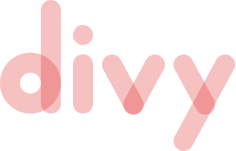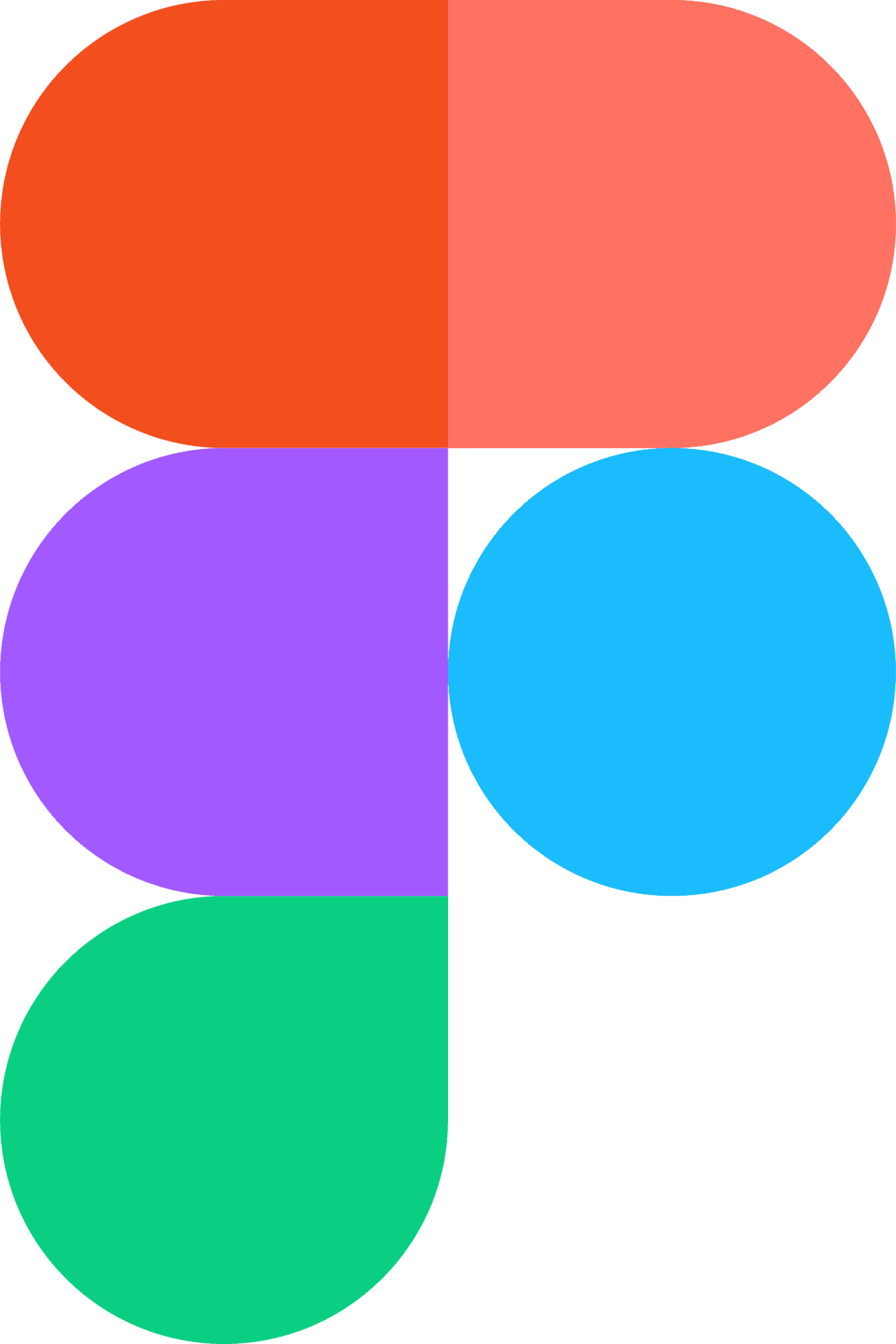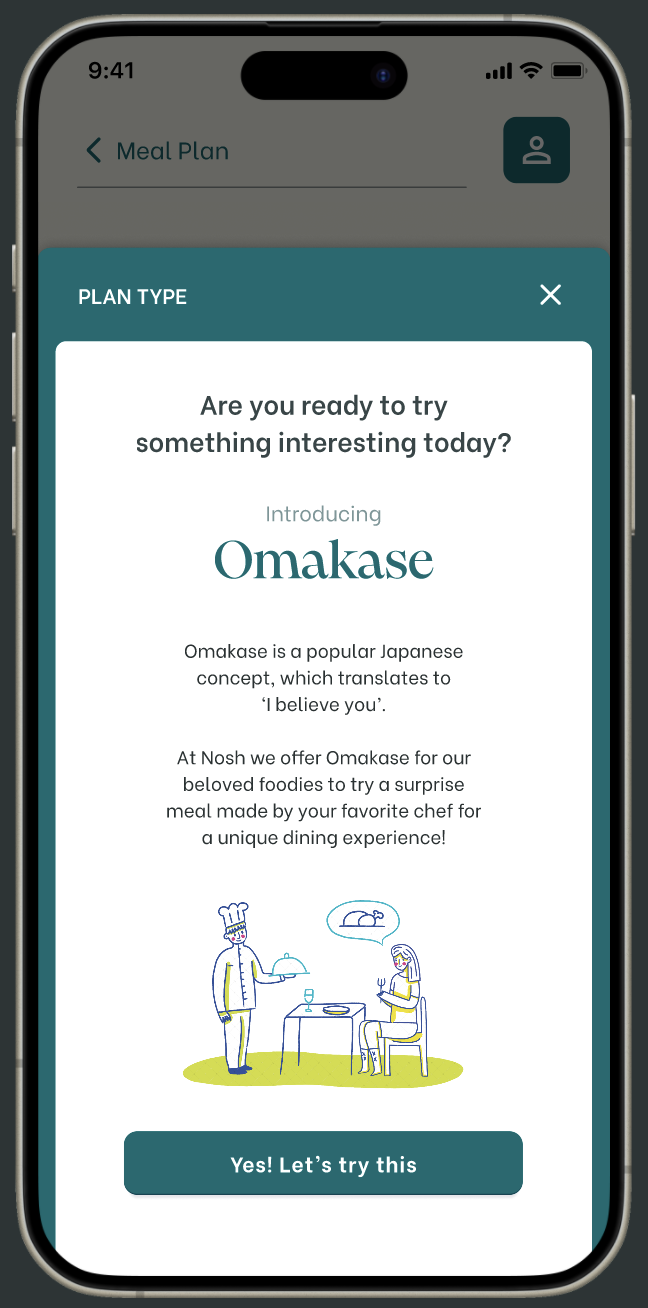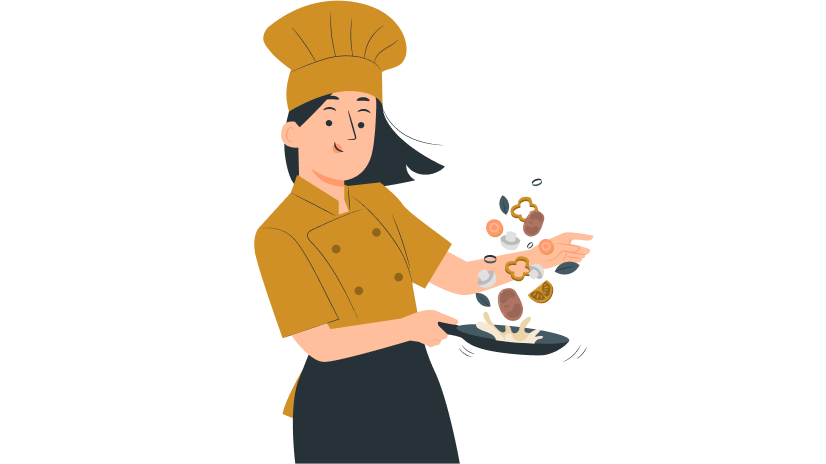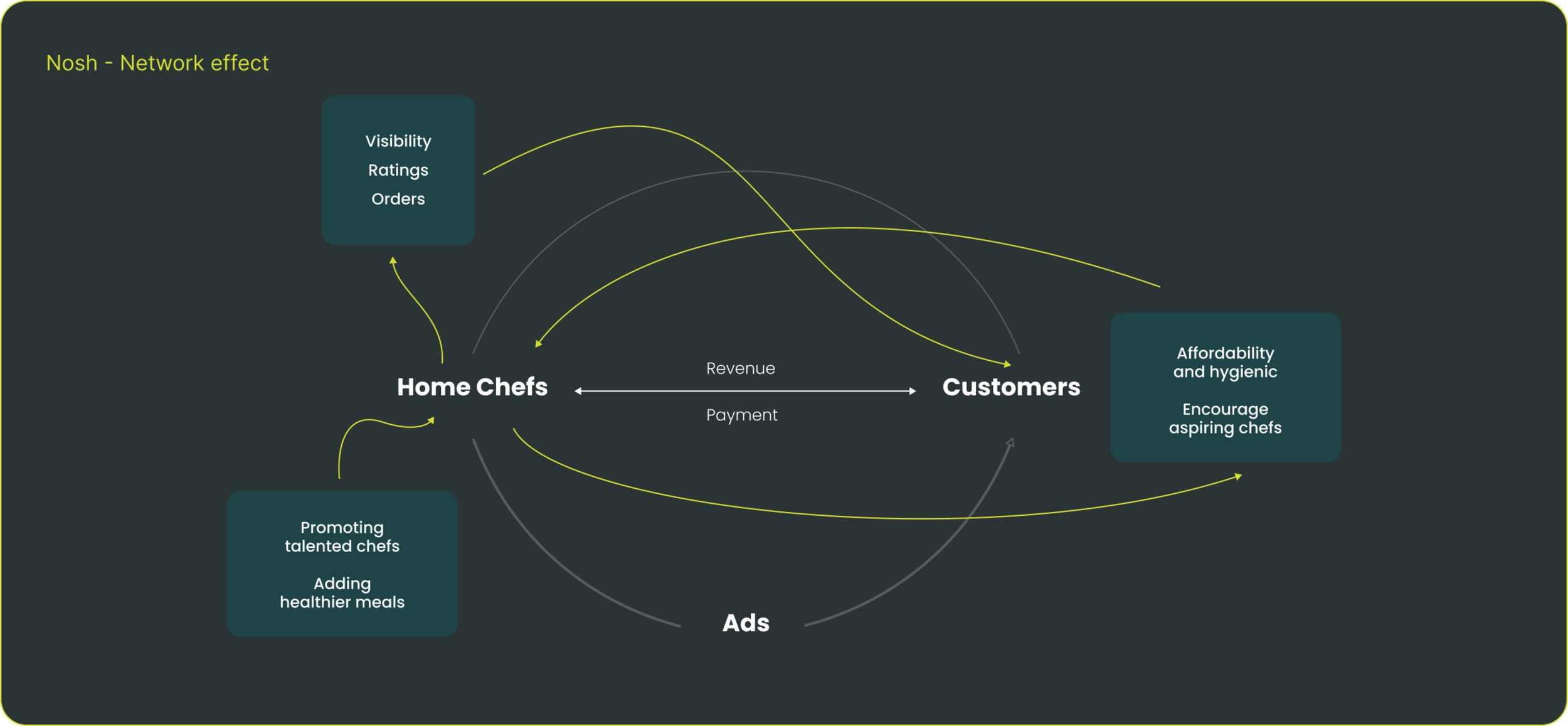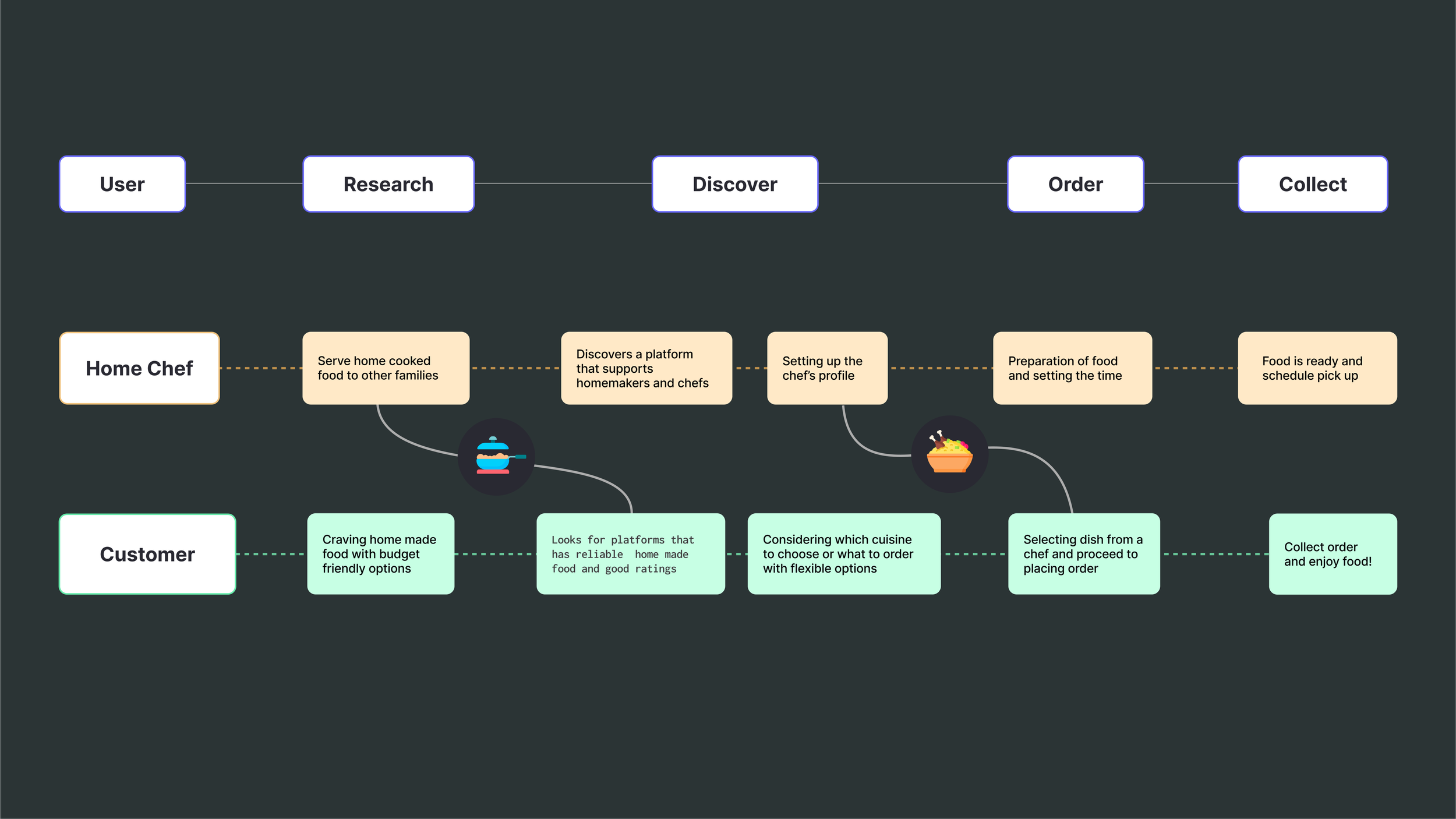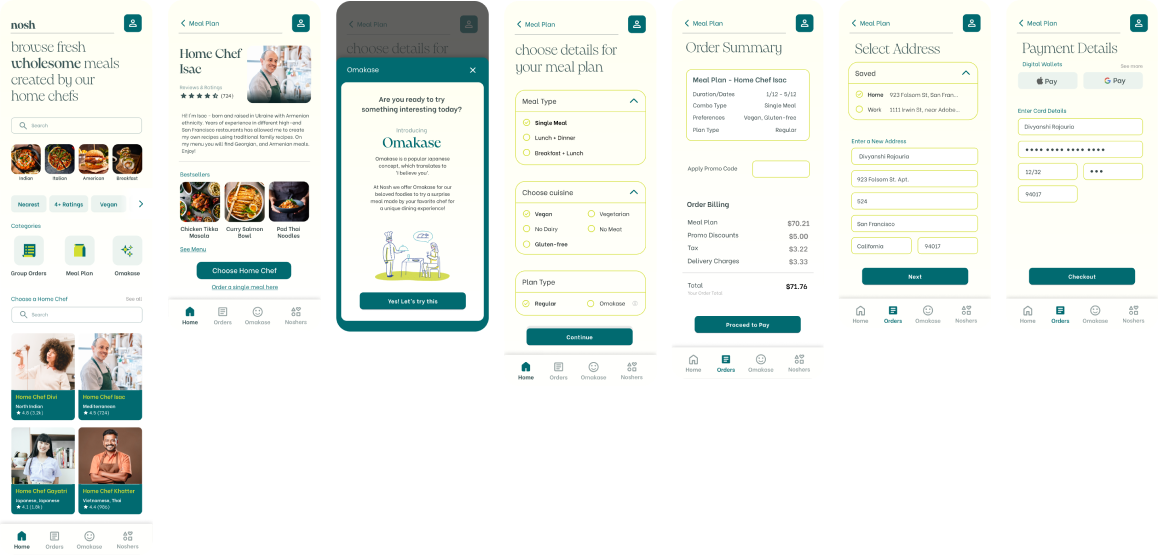Making home-made food accessible
Building an online culinary stage for home-cooked, affordable delights and personalized food adventures.

Context
In today's fast-paced world, many people crave the comfort and nutrition of homemade meals but lack the time or skills to prepare them regularly. Meanwhile, talented home cooks often desire to share their culinary creations and earn income from their passion.
Nosh was conceived as a solution to bridge this gap, connecting busy food lovers with skilled home cooks. It aims to make homemade food accessible while empowering culinary enthusiasts to monetize their skills.
KPI + IMPACT:
Usability testing helped in reducing time on-task rate by 25% when tested with the meal plan ordering flow.
-
User Research, Product Design, UI, Rapid Prototyping, and Usability Testing
-
Divyanshi, Anusha & Gayatri.
Mentored by Jason Chan (HOD, Quora) -
6 Weeks
Tools
Mentored by Jason Chan (Head of Design, Quora)
Design Overview
01
For Customers
Curating Meal Plan—To help users curate their meal plan by offering meal customizations, selecting meal plan duration and delivery preferences, and the option of Omakase delivery
(’surprise me' meal option).
Customer Homepage & Chef Profiles—To enhance accessibility, Nosh offers student discounts and allows users to browse different cuisines, meal categories, and chef profiles.
02
For Home Chefs
Creating Chef’s Profile & Food Menu—This feature enables home chefs to create their profiles and helps them add food items to their menu from either existing templates or from scratch, with an option for individual customizations.
Okay, but how did we get here?
Understanding the users
After conducting a screening test, we interviewed a few friends and student peers, our potential customers, & home chefs for Nosh. We wanted to understand their experiences with managing daily meals, the time and expenses for meals, and any lacunas they face with the food delivery platforms that they currently use.
Homemakers, aspiring chefs and budding entrepreneurs
Home Chefs
Customers
Note: I recognize that a third user group is essential in this situation, i.e., delivery agents. However, due to the limitations of this project, we have assumed that they will be operating on a separate delivery platform.
Students, Expats, and food enthusiasts
40%
users find the current
platforms out of their budget
70%
said that they are unable
to cook meals every day
Observations: Around 65% of the people interviewed using current platforms said that they still miss having homemade food and that it is not affordable.
Key Insights — Identifying the Gaps
For Home Chefs
- Lack of opportunities to share their expertise and turn their culinary skills into an income source.
- Freedom to earn money by cooking at home.
For Customers
- Struggle to find food that aligns with their needs.
- Affordable, budget-friendly options (for students).
- Ability to customize dishes as per needs.
Problem Statement
Home Chefs
How might we...
make it easy for people to find and order homemade dishes that meet their dietary restrictions and are affordable?
Customers
How might we...
find opportunities to share homemade dishes and turn their culinary skills into a sustainable source of income?
Ideation: Filling the gap
Network effect refers to any situation in which the value of a product or platform depends on the number of users who leverage it. The greater the number of users, the greater the network effect—and the greater the value created by the offering, which is reflected in this network effect diagram.
At Nosh, we unite passionate home chefs with food lovers and enthusiasts, offering authentic homemade cuisine tailored to individual tastes.
We want to foster a community where customization, affordability, and convenience for group orders are paramount.
Through engaging events, we plan to bring home chefs and customers together, creating memorable culinary experiences.
Mission
Go-to place for home made, hygienic, and personalized food adventures.
Encourage chefs, delight customers, and create lasting connections.
Vision
Information Architecture
Prototyping Wireframes
I made some crucial design decisions while wireframing with the help of A/B testing.
More options in smaller cards on the home page felt distracting to users.
Homepage: Wireframe iterations
Users found viewing this style of menu browsing easier & more skimmable.
Bigger, scrollable images also help users discover more easily.
Creating Meal Plans: Wireframe iterations
Users felt overwhelmed with multiple selection cards on a single page.
Users found selecting one task per page option better, since it leads to reduced cognitive load, keep the purchase process simple.
Product Iterations
01
Issues
- Missing onboarding process and creating accounts page
- Curating Meal Plan process
02
Issues
- Unclear browse chefs area
- Missing Meal Categories
- Confusing filtering process
Usability Testing
85.6%
users said accepted the concept of Omakase and was easily understood
57%
of the participants completed the task without any interference
Key Takeaways
01
Significance of Iterative Testing
Iterative testing played a crucial role in refining our design by uncovering usability issues early on, enabling us to make informed adjustments at each stage. This process allowed us to ensure that the final product was both user-friendly and aligned with the users' needs, improving the overall effectiveness of the design.
02
Continuous User Feedback
Regular user feedback was essential in shaping and fine-tuning our design solutions, offering real-world insights into user behavior and expectations. By integrating feedback continuously, we were able to make targeted improvements that directly addressed user pain points, enhancing the overall user experience.
